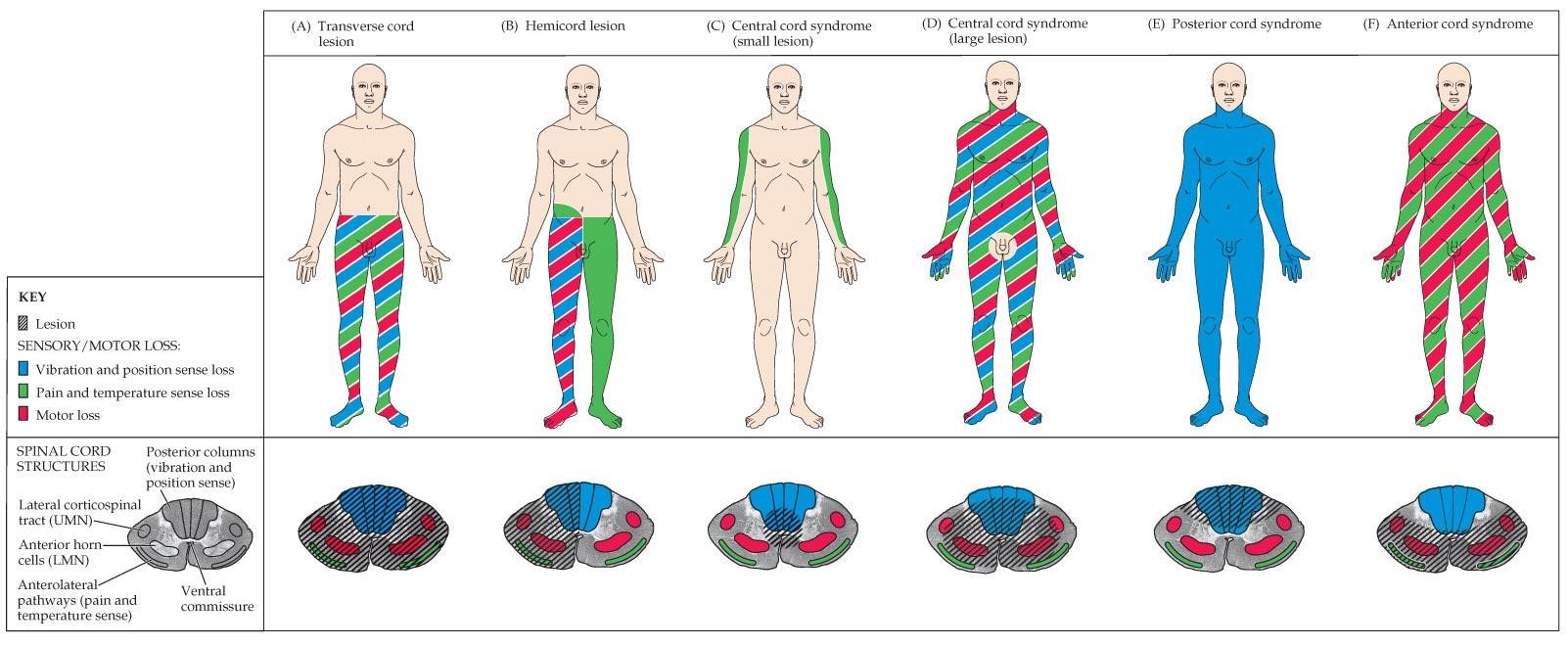Evidence Based Guidelines for AGE in children We see and treat acute gastroenteritis (AGE) in the pediatric ED every day. For most, oral rehydration therapy after ondansetron (ORTAZ) is the mainstay of treatment. In fact, a meta-analysis looking at oral rehydration solution (ORS) and traditional IV hydration showed only a 3-4% failure rate of ORS. Here are a few evidence-based pearls and pitfalls to guide your management.
- “The triage note says the patient is here for nausea/vomiting/diarrhea. I will wait until after an initial PO trial before I order medications.” In order to promptly treat nausea/vomiting due to suspected AGE, we are obviously going to institute ondansetron Ondansetron has a good safety profile at appropriate doses. The overwhelming majority of children will only have mild to moderate dehydration and should be rehydrated with a balanced ORS only. Giving juice or soda (high glucose, minimal sodium) may worsen an already existent osmotic diarrhea. IV fluids are indicated only in severe dehydration or in children who are unable to take ORS enterally.
- “I didn’t find out that the patient had hypoglycemia until the electrolyte panel came back.” If you are starting IV hydration in a child that you suspect has severe dehydration, point-of-care glucose testing should be performed rather than waiting for the formal metabolic panel. Young children have low glucose reserves and can easily develop hypoglycemia when they are dehydrated. Hypoglycemia should be treated promptly.
- “My patient bounced back 2 days later with severe dehydration. She looked great when I discharged her. I thought the parents would know what to bring her back for.” Avoid the assumption that parents know signs of dehydration. Counsel them that if symptoms persist, they must be able to replace the fluid losses and also give maintenance fluids. If they cannot, they should return to the ED. Probiotics can be prescribed or recommended for children with AGE early in the course of their illness. This may help decrease the duration of their diarrhea by approximately 24 hours and could decrease the need of further interventions and medications.
- “I prescribed azithromycin for my patient who had diarrhea for the last 4 days because I was afraid she might have a bacterial infection.” In all well-appearing children and most ill children, antibiotics should not be started until there is confirmation of a bacterial pathogen in the stool via stool culture or C.diff assay. Initiating antibiotics may unnecessarily harm the patient. Do not forget to ask about a history of recent travel, drinking from fresh water streams/lakes, and recent antibiotics use.
source: ebmedicine.net
Commonly tested board topic:
Bacterial gastroenteritis -> E.Coli O157:H7 (Shiga like toxin) -> hemolytic uremic syndrome -> microangiopathic hemolytic anemia (schistocytes), renal failure, thrombocytopenia -> Tx is to avoid abx, supportive, transfusion/plasma exchange if indicated, eculizumab if CNS involvement.
source: RoshReview


